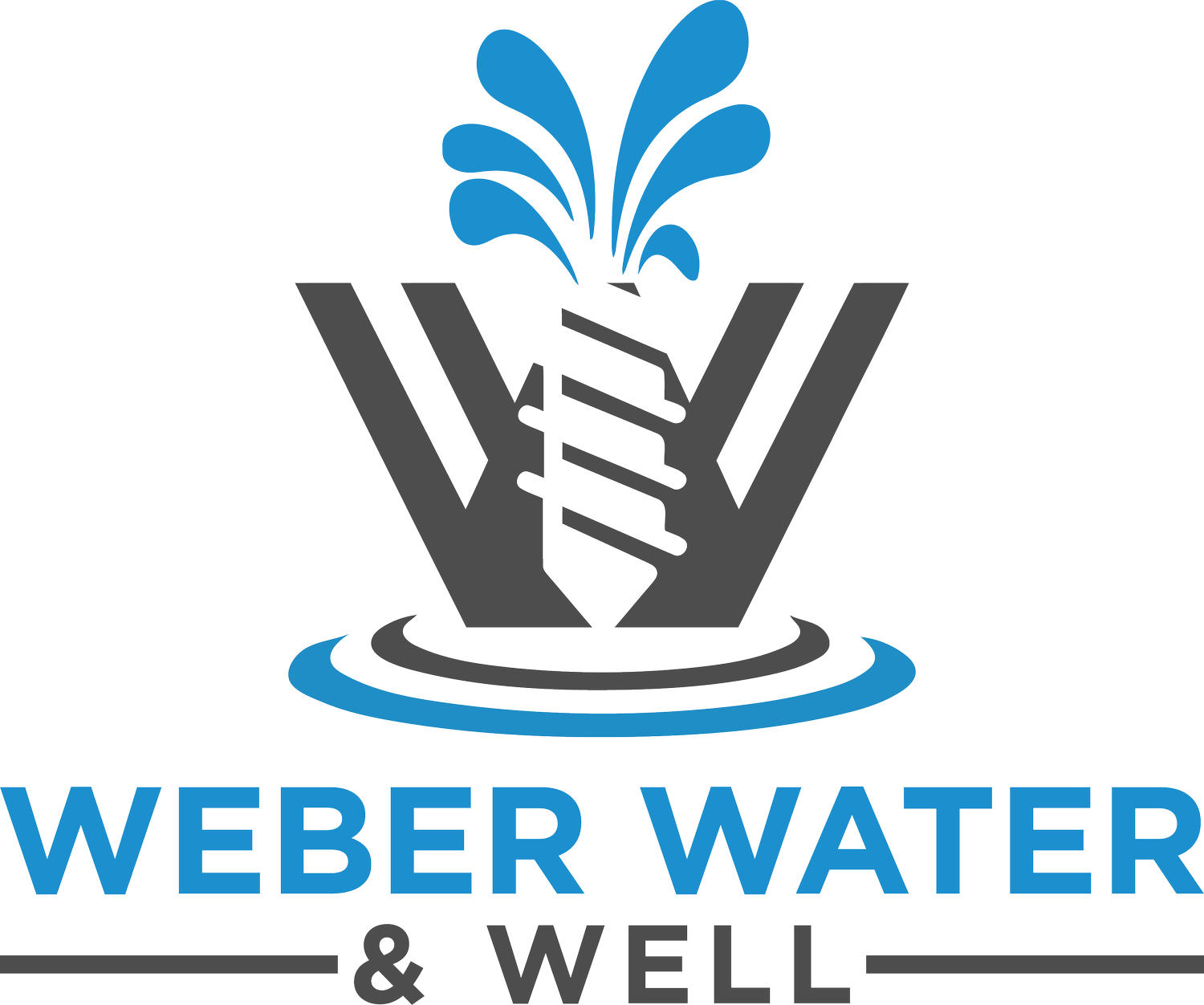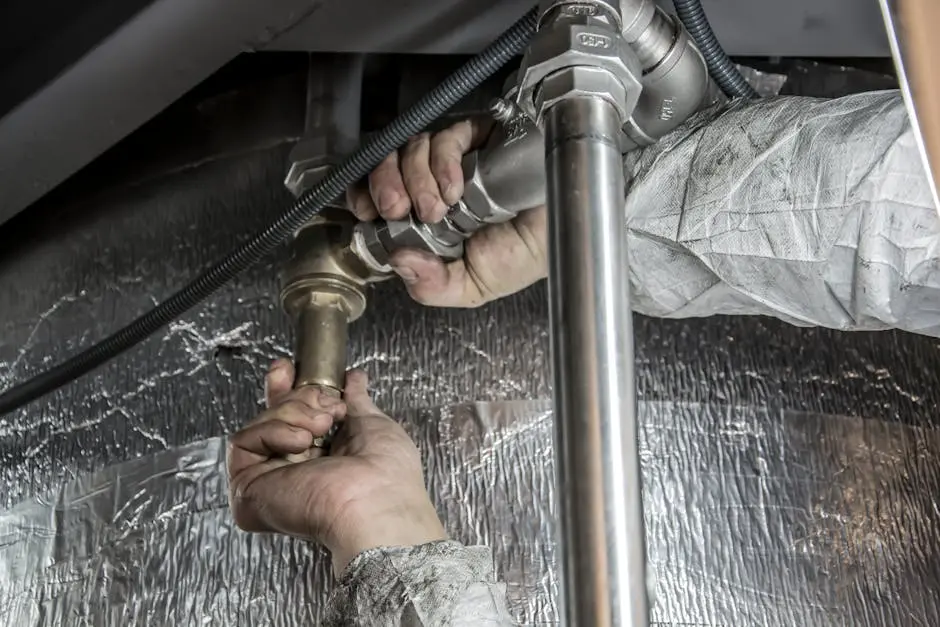10 Signs It's Time for a Water System Upgrade
Water is essential for our daily lives, but how do you know when it’s time to upgrade your water system? Understanding the signs can save you from costly repairs and ensure that your household runs smoothly. In this blog, we'll go through some key indicators that it might be time for a water system upgrade. Let’s dive in!
1. Unpleasant Odors in Your Water
If you notice a foul smell coming from your tap water, it could be a sign of contamination or outdated pipes. This is one of the most telling indicators that an upgrade is necessary. These odors can sometimes be a clue to harmful bacteria or chemical leaching. You shouldn't have to hold your nose every time you fill a glass! Addressing this issue promptly can help secure the health of your entire family.
Furthermore, these unpleasant smells aren't just annoying; they can indicate more serious issues lurking beneath the surface. In many cases, the smell of rotten eggs could be linked to sulfur bacteria, while a distinctly metallic aroma may suggest rusted pipes. Listening to what your water is telling you can be the first step in determining whether an upgrade is needed to keep your water supply safe and palatable.
2. Frequent Water Quality Complaints
Are your family members or guests constantly complaining about the water? Issues such as discoloration or unusual taste can indicate that your system needs an upgrade. A consistent stream of complaints should not be ignored; they serve as a reflection of the broader water quality issues that may be impacting your home. You deserve to enjoy clean, refreshing water without constant worry.
Moreover, water quality isn't just about taste—it's also about safety. If you’ve noticed a pattern where the water causes skin irritation during bathing or leaves behind spots on newly washed dishes, these are signs that you might need to reevaluate your water system. The good news is that advancements in water purification technology can address many of these problems, leading to a significant upgrade in your household's overall water quality.
3. Inconsistent Water Pressure
If you experience fluctuating water pressure while using different outlets, your water system may not be functioning effectively and could benefit from an upgrade. Low water pressure can be incredibly frustrating—especially when you're in the middle of a shower or washing dishes. It's not just an inconvenience; it's a strong indicator that something isn't quite right within your water system.
You may notice the pressure drops unexpectedly or that it varies significantly from one tap to another. This could be due to leaks, clogs, or aging pipes. Identifying the root cause of these pressure issues is crucial; otherwise, you could end up facing more expensive repairs down the line. Upgrading your system can ensure a consistent water flow, eliminating those unpredictable moments and enhancing your experience at home.
4. Increased Utility Bills
A sudden spike in your water bill can indicate leaks or inefficiencies in your system. Investing in an upgrade can ultimately save you money. It’s essential to pay close attention to your utility statements; they can provide vital clues about the health of your water system. Have you noticed an increase without any changes in usage? That’s a red flag. Ignoring this can lead to long-term financial losses.
Additionally, an inefficient system can contribute not just to higher bills but also to increased environmental impact. A modern water system upgrade could help conserve water, benefiting both your wallet and the planet. Just imagine: after your upgrade, you might find yourself seeing lower utility bills, all while knowing you're doing your part in promoting sustainability. It’s a win-win!
5. Older Infrastructure
If your home has older pipes that haven't been updated in years, it might be time to consider a water system upgrade for safety and efficiency. Many homeowners overlook the importance of their plumbing system, but aging infrastructure can lead to serious problems. Often, older pipes are made of materials that can leach contaminants into your water supply.
Moreover, replacing outdated pipes isn't just about improving safety; it can also enhance your water system's efficiency. Newer materials and technologies can reduce the likelihood of leaks and corrosion, ultimately making your home more resilient. Taking stock of your home’s plumbing and understanding its age is a smart move toward ensuring you have a reliable and safe water supply.
6. Visible Corrosion or Rust
Seeing rust or corrosion on your pipes can be a major warning sign that your water system is aging and in need of an upgrade for both health and safety.Not only is corrosion unsightly, but it can also compromise the integrity of the system. Rust flakes can flake off and end up in your water supply, something no homeowner wants to see in their clean glass of water.
In addition, corrosion may undermine the system's effectiveness, leading to more leaks and pressure drops. Upgrading to modern, corrosion-resistant materials can safeguard your water quality and provide peace of mind. Remember, it's crucial to tackle such visible indicators early on—waiting could mean more extensive repairs in the future, not to mention the health risks associated with consuming rust-contaminated water.
7. Water Staining on Fixtures
Stains on sinks, tubs, or other fixtures can indicate high levels of minerals or contaminants in the water, suggesting a need for an upgrade. If you find yourself scrubbing away stains only for them to reappear, it could be time to dig deeper into your water quality. These unsightly marks not only reflect poor water conditions but can also lead to premature wear on your plumbing fixtures.
Furthermore, these stains may be a sign that mineral content is high—issues such as hard water can lead to build-up and cause plumbing problems down the line. Investing in a water system upgrade can help you manage these complications. Imagine a home where your fixtures shine as they should, free from the burden of constant cleaning. An upgrade could restore the aesthetics of your bathrooms and kitchens!
8. Frequent Repairs
If you find yourself calling the plumber more often than not, it may be a sign that your current water system is outdated and in need of a comprehensive upgrade. Frequent plumbing repairs aren't just annoying; they can also be costly and can add stress to your household budget. Each call can lead to downtime and inconvenience. Is your plumbing more of a revolving door for the repairman than a steady source of clean water?
It's vital to consider the cumulative effect of these repairs—what may seem like minor issues could signal bigger problems on the horizon. Investing in a water system upgrade might initially seem like a large expense, but in the long run, it often saves both money and hassle. After all, a reliable water system is key to ensuring your family's comfort and safety.
9. Health Issues in the Household
If you or your family notice unexplained health issues, it could be linked to water quality. Upgrading your system may be critical to ensuring clean, safe drinking water. Health concerns can often be subtle at first, emerging as headaches or persistent stomach issues, and they can lead to more significant problems if not addressed promptly.
This is especially true for children, the elderly, and those with weakened immune systems, who are more susceptible to contaminants. By discerning the potential links between water quality and health, you can take transformative steps to improve your family's well-being. Investing in a modern water system upgrade isn't just about convenience—it's about safeguarding your health too.
10. Increased Frequency of Water Tests
If you find yourself testing your water quality more than usual and encountering problems, it might be a strong sign that an upgrade is overdue. Regular water testing is important, but if you're doing it just to ensure safety, that’s a worrying trend. Water should be pure and reliable, not a source of anxiety. If you’re testing more often, it’s likely that your system is showing early signs of inefficiency.
Inconsistent test results could point to a range of issues from contamination and filtration problems to outright system failures. By recognizing this pattern, you can act sooner rather than putting it off until a crisis arises. Investing in a water system upgrade can eliminate the headaches and uncertainties that come with frequent testing, allowing you to feel confident in your water quality.


